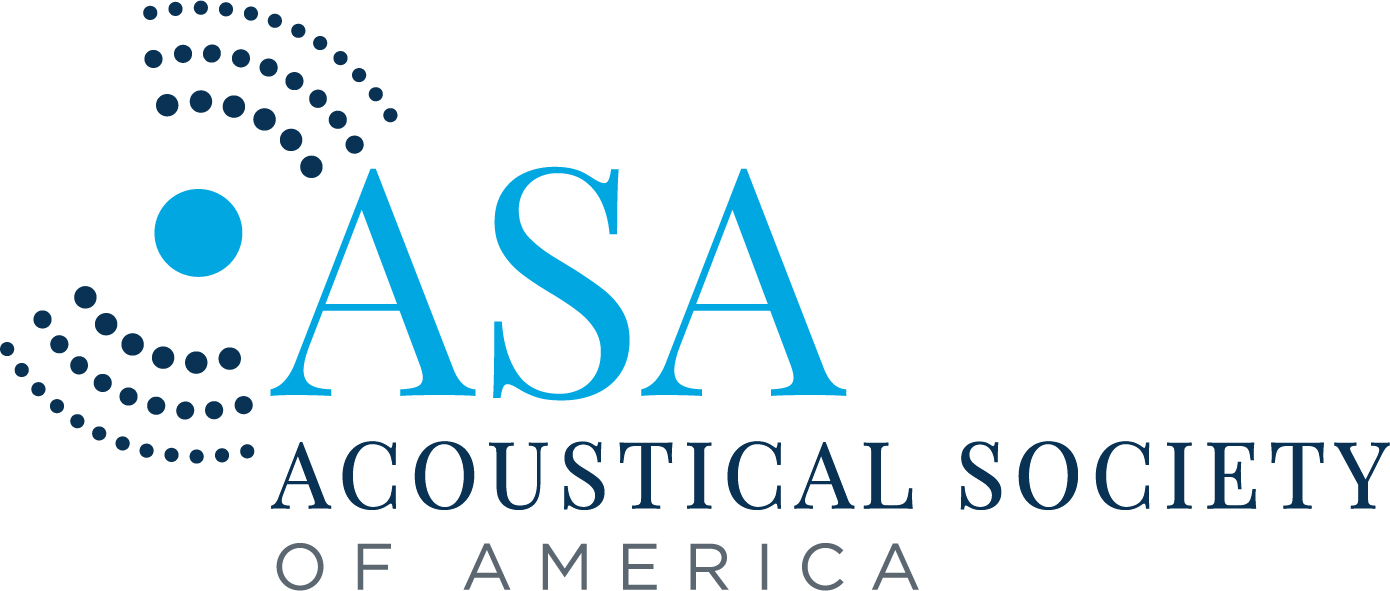Sounds of the Hindu Temples of South India
Shashank Aswathanarayana – shashank@american.edu
Instagram: @shashankaswath
American University, Department of Performing Arts, American University, Washington, DC, 20016, United States
Braxton Boren, Department of Performing Arts, American University
X (twitter): @bbboren
Popular version of 2pAAa12 – Acoustics of two Hindu temples in southern India
Presented at the 186th ASA Meeting
Read the abstract at https://doi.org/10.1121/10.0027050
–The research described in this Acoustics Lay Language Paper may not have yet been peer reviewed–
What is the history behind the sonic experiences of millions of devotees of one of the oldest religions in the world?
Hindu temple worship dates back over 1,500 years. There are Vedic scriptures from the 5th century C.E describing the rules for temple construction. Sound is a key component of Hindu worship, and consequently, its temples. Acoustically important aspects include, the striking of bells, gongs, blowing of conch shells, and chanting of the Vedas. The bells, gongs, and conch shells all have specific fundamental frequencies and unique sonic characteristics that play out of them, while the chanting is specifically stylized to include phonetic characteristics such as pitch, duration, emphasis, and uniformity. This great prominence of the frequency domain soundscape makes Hindu worship unique. In this study, we analyzed the acoustic characteristics of two UNESCO heritage temples in Southern India.
 Figure 1: Virupaksha temple, Pattadakal
Figure 1: Virupaksha temple, Pattadakal
The Virupaksha temple in Pattadakal, built around 745 C.E, is part of one of the largest and ancient temple complexes in India.1 We performed a thorough analysis of the space, taking sine sweep measurements from 36 different source-receiver positions. The mid-frequency reverberation time (the time it takes for the sound to decay by a level of 60dB) was found to be 2.1s and the clarity index for music, C80 was -0.9dB. Clarity index is a metric that tells us how balanced the space is and how well complex passages of music can be heard. A reverberation time of 2.1s is similar to a modern concert hall’s reinforcement, and a C80 of -0.9dB means that the space is very good for complex music too. In terms of the music performed, it would be a combination of vocal and instrumental South Indian music with the melodic framework being akin to melodic modes of western classical music set to different time signatures and played at various tempi ranging from very slow (40-50 beats per minute) to very fast (200+ beats per minute).
 Figure 2: The sine sweep measurement process in progress at the Virupaksha temple, Pattadakal
Figure 2: The sine sweep measurement process in progress at the Virupaksha temple, Pattadakal
The second site was the 15th century Vijaya Vittala temple in Hampi which is another major tourist attraction. Here the poet, composer, and the father of South Indian classical music, Purandara Dasa, spent many years creating compositions in praise of the deity. He was known to have created thousands of compositions in many complex melodic modes.
Measurements at this site spanned 29 source-receiver positions with the mid-frequency reverberation time being 2.5s and the clarity index for music, C80 being -1.7dB. These values also fall in the ideal range for complex music to be interpreted clearly. Based on these findings, we conclude that the Vijaya Vittala temple provided the optimum acoustical conditions for the performance and appreciation of Purandara Dasa’s compositions and South Indian classical music more broadly.
Other standard room acoustic metrics have been calculated and analyzed from the temples’ sound decay curves. We will use this data to build wave-based computer simulations and further analyze the resonant modes in the temples, study the sonic characteristics of the bells, gongs, and conch shells to understand the relationship between the worship ceremony and the architecture of the temples. We also plan to auralize compositions of Purandara Dasa to recreate his experience in the Vijaya Vittala temple 500 years ago.
1 Alongside the ritualistic sounds discussed earlier, music performance holds a vital place in Hindu worship. The Virupaksha temple, in particular, has a rich history of fulfilling this role, as evidenced by inscriptions detailing grants given to temple musicians by the local queen.


